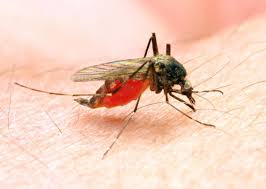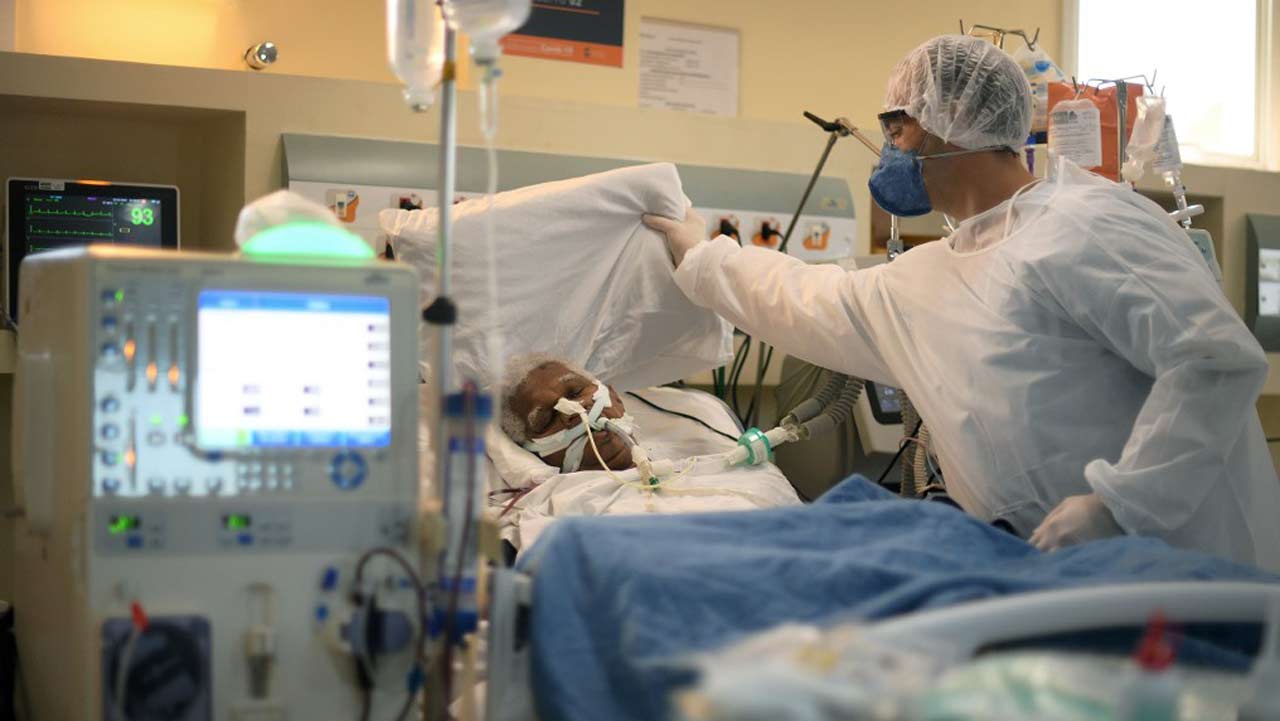Parents of young athletes worry about their children sustaining injuries, but they rarely think about the possibility of their children acquiring dangerous infections. A recent report highlights how many infectious microbes can be acquired during sports and how to keep children safe.
In the U.S., about 60 percent of students under age 18 play sports outside of school, which is about 36 million children. Participating in sports has many benefits, including improving motor development, socialization, sportsmanship and discipline.
We all know that children are often careless about sharing water bottles and equipment. Even if they are careful, close contact sports like wrestling or rugby can lead to the sharing of microbial pathogens. Microbes also lurk in shared showers and locker rooms as well on gym mats, towels and other equipment, even artificial turf. Athletes can become infected by many different types of pathogenic organisms through participation in sports.
Sports that involve close physical contact such as wrestling, rugby or football can spread herpes virus infections named for sports like Herpes gladiatorum and Herpes rugbiorum, which is also known as scrum pox. These are caused by the same virus that causes cold sores. There are no vaccines to prevent these infections, but medication can be used to limit them. Once a person is infected, the virus can lie dormant and reactivate periodically, starting new skin infections in the same places.
Much more concerning are infections with community acquired methicillin resistant Staphylococcus aureus (MRSA). MRSA has been a serious issue at all levels of sports from childhood athletes to professionals. MRSA has become resistant to many of the antibiotics used to treat ordinary Staph infections. MRSA infections usually start with painful red bumps and a fever, and the bumps can quickly become deep abscesses. In some cases, the bacteria can enter the bloodstream to cause infections elsewhere in the body. These infections can be life-threatening. Any athletes with skin lesions should be examined by a doctor.
Many common fungal infections such as Tinea corporis, or ringworm; Tinea pedis, or athletes’ foot; and Tinea cruris, or jock itch, frequent locker rooms and can be spread by skin-to-skin contact but also by towels and surfaces. These infections can spread quickly but are relatively easy to prevent and treat.
Just like doctors, dentists and other healthcare providers, coaches and others involved in sports should follow proper precautions with blood and other bodily fluids. Many microbial pathogens can be spread by bodily fluids such as measles, mumps, bacterial meningitis and whooping cough. Blood can spread hepatitis B and C viruses as well as HIV.
The best way to protect young athletes is to make sure that they are up-to-date with immunizations. These should include the annual flu shot and the meningitis vaccine if age appropriate. Immunizations are the safest and most effective way to prevent infectious diseases.
It is important that everyone involved in youth sports including coaches, athletic directors, league officials and gym managers be aware of the potential risks of infectious agents. It has to be a team effort to keep our young athletes safe.
Drs. Norbert Herzog and David Niesel | Medical Discovery News
Medical Discovery News is hosted by professors Norbert Herzog at Quinnipiac University, and David Niesel of the University of Texas Medical Branch.
ABUJA: Training Schedule for Basic Life Support BLS, Pediatric Advanced Life Support (PALS), Advanced Cardiovascular Life Support ACLS, First Aid, CPR, AED
PORTHARCOURT: Training Schedule for Basic Life Support BLS, Pediatric Advanced Life Support (PALS), Advanced Cardiovascular Life Support ACLS, First Aid, CPR, AED
LAGOS: Training Schedule for Basic Life Support BLS, Pediatric Advanced Life Support (PALS), Advanced Cardiovascular Life Support ACLS, First Aid, CPR, AED




